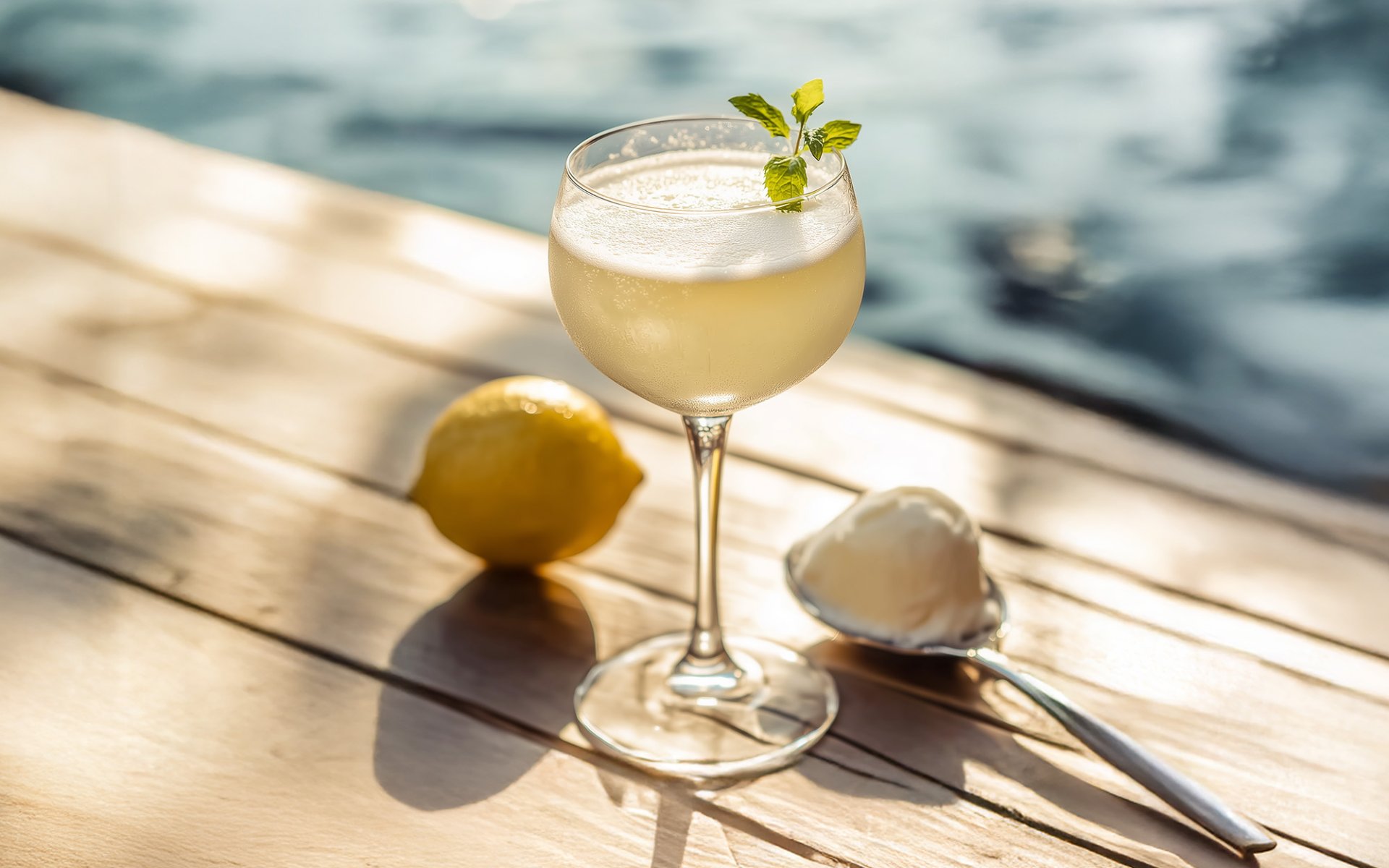Sgroppino

Born in the Palaces of Venice
Sgroppino originated in the 16th century in Venice, Italy. It was traditionally served as a palate cleanser during elaborate feasts of the Venetian nobility. Its purpose? To refresh the taste buds between seafood and meat courses, preparing guests for the next dish.
Ice Once a Luxury
At the time, ice was a luxury commodity. Servants had to collect it from frozen lakes or streams, making chilled drinks like Sgroppino accessible only to the upper class. As refrigeration technology evolved, Sgroppino reached a wider audience and grew in popularity.
The Classic Trio
The traditional recipe requires just three ingredients:
- Lemon sorbet delivers zesty sweetness
- Prosecco adds light effervescence and aroma
- Vodka offers a crisp alcoholic edge
To make it, lemon sorbet is whisked with vodka until smooth, then chilled Prosecco is added and gently stirred. Its best served in a martini or champagne glass, garnished with lemon slices or mint leaves.
The Meaning Behind the Name
Sgroppino stems from the Venetian word Sgropàr, meaning to untie or unwind. It symbolizes the drinks refreshing effect both physically and emotionally after a rich course.
Modern Twists on a Classic
Today, Sgroppino has many delicious variations:
- Limoncello for extra citrus aroma
- Grappa instead of vodka for Italian flair
- Other fruits like grapefruit or orange for new flavors
- Mocktail versions without alcohol for all to enjoy
Role in Italian Dining
Traditionally served between courses, Sgroppino enhances fine dining experiences :
- Luxurious dinners
- Wedding receptions
- Multi-course tasting menus
- Its refreshing nature cleanses the palate and elevates the entire meal.
International Popularity
With its refreshing taste and elegant look, Sgroppino has become a summer favorite worldwide. Youll now find it in upscale restaurants and stylish events around the globe.


